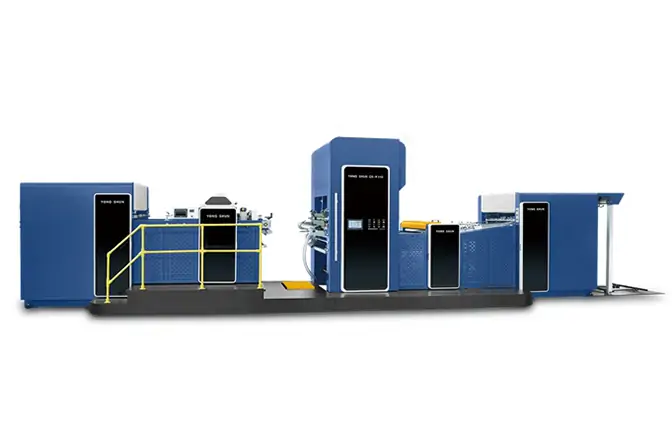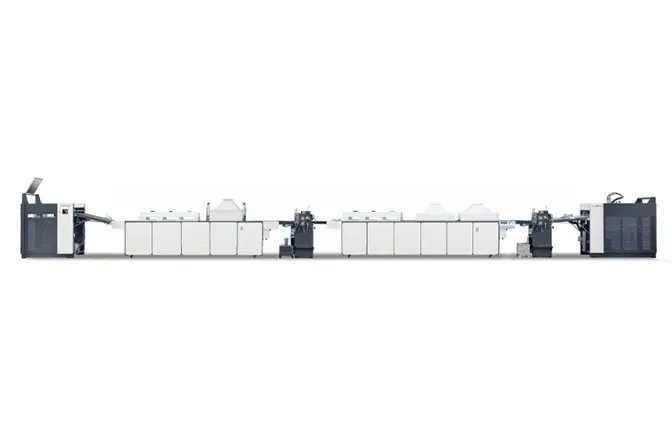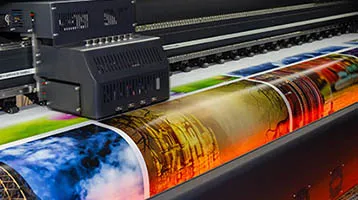Printed materials like product boxes or brochures often need a protective, polished finish—and an automatic varnishing machine helps achieve this. The key to great results? The right varnish. This article breaks down common varnish types for these machines and their roles, helping you choose the best finish.
Choosing the right varnish depends on your project needs. Below are the three main types used with an automatic varnishing machine, each with unique properties.
Oil-based varnishes use mineral or vegetable oil as a base, spreading smoothly via an automatic varnishing machine. They dry slowly, forming a rich gloss—ideal for high-end catalog covers or premium product boxes.
UV-curable varnishes dry in seconds with UV light (a feature of automatic varnishing machine operation). They have photoinitiators that harden quickly, suiting high-volume production. Their tough, scratch-resistant surface works for frequently handled items like food packaging or children’s books.
Water-based varnishes use water as the main solvent, low in volatile organic compounds (better for the environment and air quality). Applied via an automatic varnishing machine, they dry by water evaporation, forming a clear, flexible layer. Great for subtle matte/satin finishes on business cards or magazine inner pages—no excessive glare.
Each varnish doesn’t just add a finish—it solves specific problems for printed materials. Here’s how they contribute when used with an automatic varnishing machine:
All three varnish types add a protective layer. Oil-based and UV-curable options create a hard barrier against scuffs, smudges, and folds—keeping retail boxes or brochures in good shape. An automatic varnishing machine ensures even application for consistent protection.
Varnishes boost design appeal: UV-curable varnishes offer bright gloss to make colors pop (great for product packaging); oil-based options add warm shine (ideal for book covers); water-based variants provide matte/satin elegance (perfect for business cards). An automatic varnishing machine controls thickness for the exact finish.
Varnishes shield against hazards: water-based options repel minor spills; UV-curable and oil-based types resist moisture and stains (useful for food packaging or outdoor flyers). An automatic varnishing machine ensures full coverage—no unprotected areas.
Understanding varnish types for an automatic varnishing machine and their roles helps you choose wisely for your projects, whether you need durability, a specific finish, or protection. Pairing the right varnish with a reliable machine ensures consistent, high-quality results.
If you want to explore how an automatic varnishing machine can bring these benefits to your production line, visit our product page to learn more about our equipment and capabilities.




GET A QUOTE